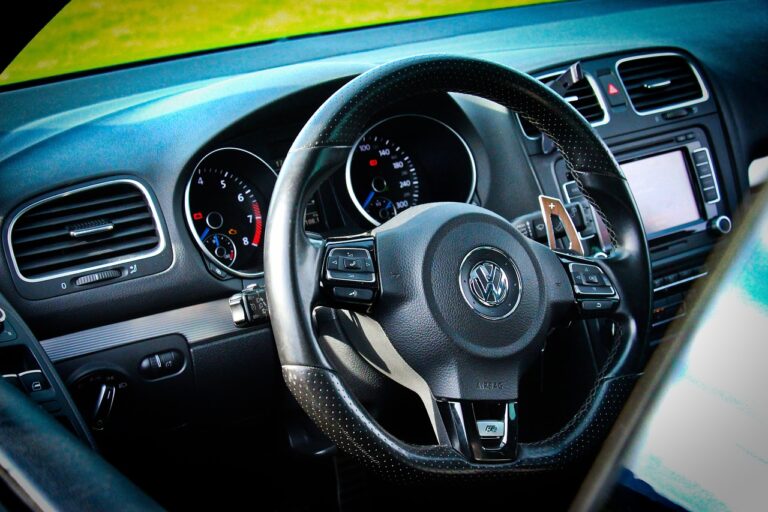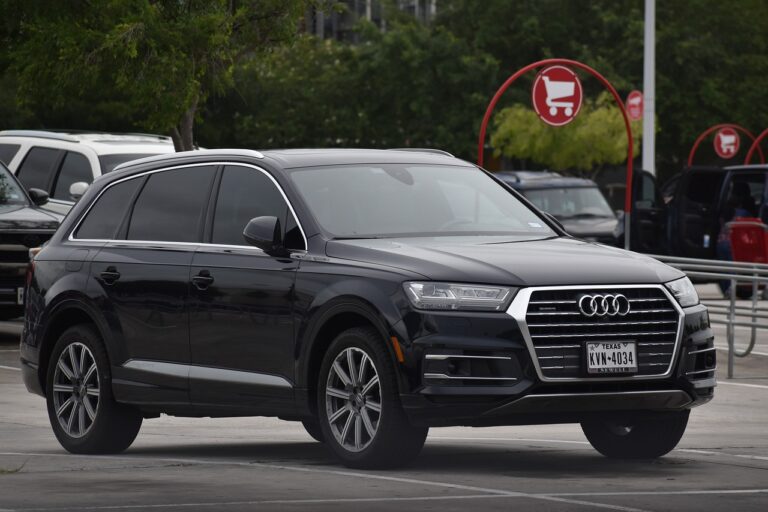The Future of Car Connectivity: Augmented Reality Navigation for Enhanced Safety
Vehicles have become increasingly connected, offering a range of features that enhance the driving experience. Car connectivity technology allows seamless integration between the vehicle and external devices, such as smartphones and smart home systems. This connectivity enables drivers to access navigation assistance, music streaming, hands-free calling, and even remote start and stop functions.
Moreover, advancements in car connectivity technology have paved the way for the development of autonomous driving features. Vehicles equipped with sensors and cameras can communicate with traffic infrastructure and other vehicles, enhancing safety and efficiency on the road. Additionally, connectivity technology allows for over-the-air software updates, ensuring that vehicles stay up-to-date with the latest features and improvements.
Benefits of Augmented Reality Navigation in Vehicles
Augmented Reality (AR) navigation in vehicles offers drivers a more intuitive and immersive way to navigate their surroundings. By overlaying digital information onto the real world through the vehicle’s windshield or display screen, AR navigation provides users with enhanced situational awareness. This technology allows drivers to receive visual cues, such as turn-by-turn directions and upcoming points of interest, directly in their line of sight, reducing the need to look away from the road.
Moreover, AR navigation can improve safety on the roads by helping drivers stay focused on the task of driving. With important information displayed in a clear and easily accessible manner, drivers can make informed decisions more quickly and effectively. Additionally, the interactive nature of AR navigation systems can enhance the overall driving experience, making it more engaging and enjoyable for users.
Challenges and Limitations of Implementing AR Navigation
Augmented Reality (AR) navigation in vehicles presents a promising future for enhancing the driving experience through advanced technology. However, the implementation of AR navigation faces certain challenges and limitations that need to be addressed for widespread adoption. One key challenge is the potential distraction that AR interfaces could pose to drivers. With the visual information overlaid on the real-world view through the windshield, there is a risk of information overload and reduced attention on the road ahead.
Additionally, the cost associated with integrating AR technology into vehicles is another barrier to widespread adoption. The development and implementation of AR navigation systems require significant investment in research, development, and manufacturing. This cost can be a limiting factor for automakers and consumers alike, especially as the technology continues to evolve and improve. Despite the potential benefits of AR navigation, these challenges and limitations highlight the need for careful consideration and strategic planning to overcome obstacles and ensure a safe and effective user experience.
Potential distraction to drivers due to visual information overload
Cost associated with integrating AR technology into vehicles is a barrier
Significant investment required in research, development, and manufacturing for AR navigation systems
What is the main benefit of implementing AR navigation in vehicles?
The main benefit of AR navigation in vehicles is that it provides real-time, interactive guidance to drivers, making it easier for them to navigate and reach their destinations.
What are some of the challenges faced in implementing AR navigation in vehicles?
Some of the challenges include the high cost of implementing AR technology, potential distraction to drivers, and limitations in the accuracy of AR navigation systems.
How does AR navigation improve the driving experience?
AR navigation enhances the driving experience by providing drivers with visual cues and directions overlaid on the real world, making it easier for them to navigate unfamiliar routes.
What is the role of car connectivity technology in AR navigation?
Car connectivity technology enables the integration of AR navigation systems with other in-car features, such as infotainment systems and driver assistance technologies, to provide a seamless user experience.
Are there any privacy concerns associated with AR navigation in vehicles?
Privacy concerns may arise due to the collection of location data and personal information by AR navigation systems. It is important for manufacturers to implement robust privacy measures to protect user data.







